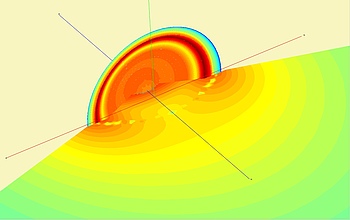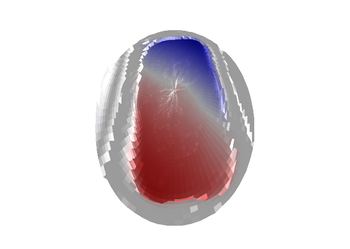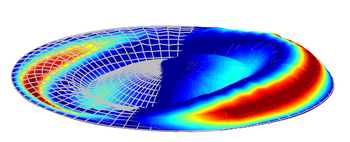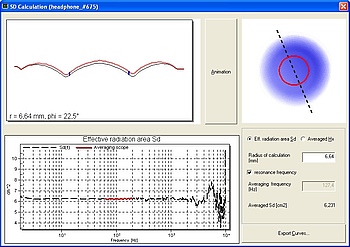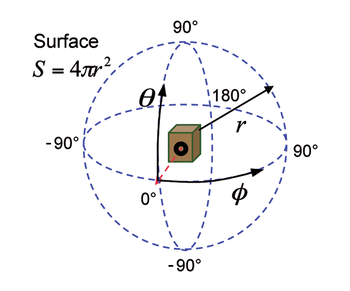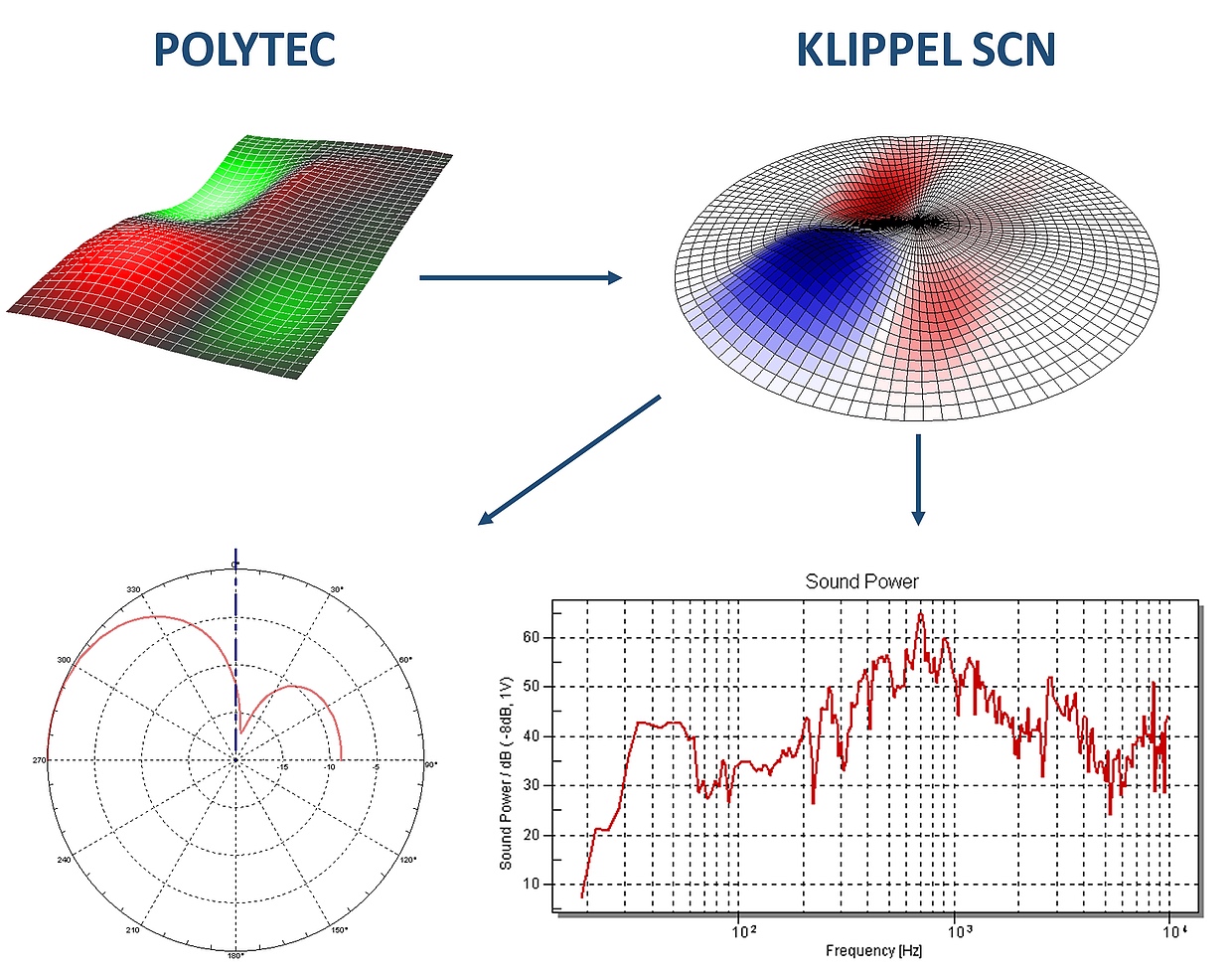SCN - Modules
- Measure geometry and mechanical vibration of the transducer
- Visualize the vibration behavior
- Show contribution to sound pressure output
- Predict directivity pattern
- Separate radial and circular modes
- Analyze actively radiating cone regions
- Detect loudspeaker defects
The SCN Vibrometer measures the vibration and geometry of radiators, enclosures and mechanical structures used in loudspeakers, micro-speakers, headphones and other electro-acoustical or electro-mechanical transducers.
The SCN Analysis Software performs visualization, animation and a modal analysis of the mechanical vibration using the scanned data which is provided by the vibrometer. The sound pressure output at any point in the half-space sound field and the polar radiation characteristic are predicted by using mechanical data. Novel decomposition techniques show radial and circular modes and vibration components related to the SPL output. It is the target of the analysis to provide a better understanding of the interaction between vibration and radiation.
Overview
Import / Export Interface
The SCN Import / Export Interface allows importing and exporting scanning data in various data formats. The measured cone geometry is provided in DXF and STL format at high precision. This might be useful for checking the geometrical variations in the quality control and for investigating design choices by performing an FEA using any third-party software. The measured vibration data can also be exported for further analysis with third-party software or imported from external sources for processing with the SCN Analysis Software.
- Access to high precision geometry acquisition and export
- Geometry export to DXF and STL file format
- Measure speaker parts where no geometry specification is available
- Check the geometry of prototype loudspeakers
- Export data for FEM analysis
- Export data for enhanced sound radiation modeling with BEM analysis
Rocking Mode Analysis
The Rocking Mode Analysis (RMA) uses the vibration data of a non-dense scanner measurement and the linear parameters of a loudspeaker driver to perform complete diagnostics on rocking modes. The quality of driver components such a diaphragms, suspension parts, magnetic circuits and other problems in the assembling process are revealed. The module provides information about the energy levels of the rocking modes, the magnitude and direction of the unbalanced forces produced by mass, stiffness and Bl asymmetries. A complete set of modal parameters associated with the transfer resonators between these forces (root causes) and the final tilting energy of the diaphragm (symptoms) is provided.
Higher Modal Analysis
Extracts automatically the modal information of any loudspeaker cone, regardless of the size or the geometry. The HMA decomposes the complex scanned or simulated data of the loudspeaker, into a set of second order resonators with an associated mode shape, which parameters are highly valuable for the assessment of the mechano-acoustical performance. The modal parameters; Q-factor, complex amplitude and resonance frequency describe the behavior of the transducer beyond the piston mode and are the basis for the updating of Finite Element models which identifies the effective material parameters of the components measured with a laser scanner.
The Module Radiation Area SD provides an accurate result for the effective radiation area SD, particularly for small drivers and asymmetric driver shapes.
- Calculates the effective radiation area SD from measured scanning data
- Performs an averaging of Hx for a selected radius
The Sound Power Module can calculate the sound power radiation into the half space without requiring a special acoustic room.
- Calculate the Sound Power Level
- Decomposition into radial and circumferential vibration components
- Calculate the Directivity Index DI
Convert 2D or 3D vibration and geometry data from Polytec scanning systems into Klippel SCN Software files. Import large vibrating structures into Klippel SCN software and analyze the acoustic properties.
Poly2SCN loads an exported *.unv or *.uff file exported as Transfer function of Displacement, Velocity or Acceleration to Voltage and generates a synthetized grid in which the vibration data is interpolated. The intuitive GUI enables to adjust the position and distribution of the measured points according to the optimized mesh for Klippel Scanner Software. The Poly2SCN module supports circular, rectangular, asymmetrical or irregular shaped geometries.
More Information:

